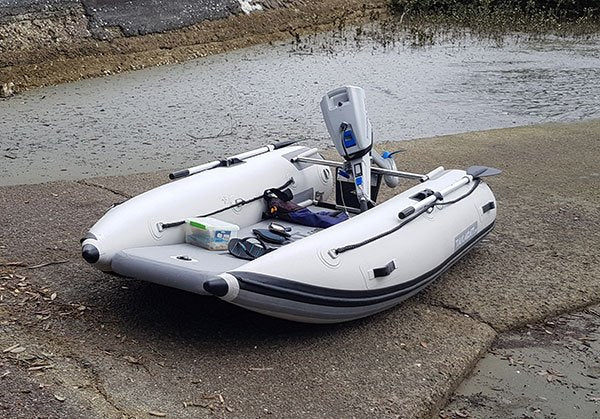
Takacat Lite X Basic Maintenance Guide
Share
To help you get the most out of your Takacat Lite X, it's best to periodically do an inspection of its parts.
Read on for some quick maintenance checks that you can do before each outing.
Pressure Check
- Regularly check that the inflation and over-pressure valves are in good working order to avoid increased water resistance and being slowed down.
- If you notice air pressure loss, you'll want to wet your Takacat with soapy water and look for large air bubbles. These result from cracks in the pontoons.
- For any minor air leaks, applying a bit of PVC super glue is sufficient. For larger holes, a PVC patch will be required.
Mount and Fastener Check
- Regularly check the transom and hull mounts and other joints in the tubes.
- Keep areas clean from dirt and debris that could rub and wear down the pontoon.
- Ensure the transom center bolt is firmly tightened, but be careful not to over tighten, you don't need to use any tools.
Cleaning Your Takacat Lite X
Cleaning your boat is a breeze, requiring no more than dish soap, a sponge, a hose, and a bucket.
Steps for effective cleaning of the boat:
1) Mix dish soap in a bucket with warm water.
2) Scrub the boat's pontoons and floor with a sponge.
3) Rinse off the boat with a hose; avoid using a power washer as this can damage the boat.
4) Allow to air dry before storing it.
5) Store deflated boat in its bag in a dry place out of direct sunlight.
Additional Maintenance Tips
It's always best to store your boat in the bags. If it must be left in the sun for long periods of time (on davits or on the foredeck of your boat) using 303 Products Marine Protectant can extend your dinghy's lifespan.
The 303 Products Marine Protectant is simple to apply by spraying it onto a dry rag and wiping down the boat. No need to dry; it will not leave a greasy residue.
Takacat boats are made of PVC, and it should be mentioned that the Marine Protectant should only be applied 1-2 times a year. If used more often, the chemical can dry the PVC fabric out and cause premature failures.

